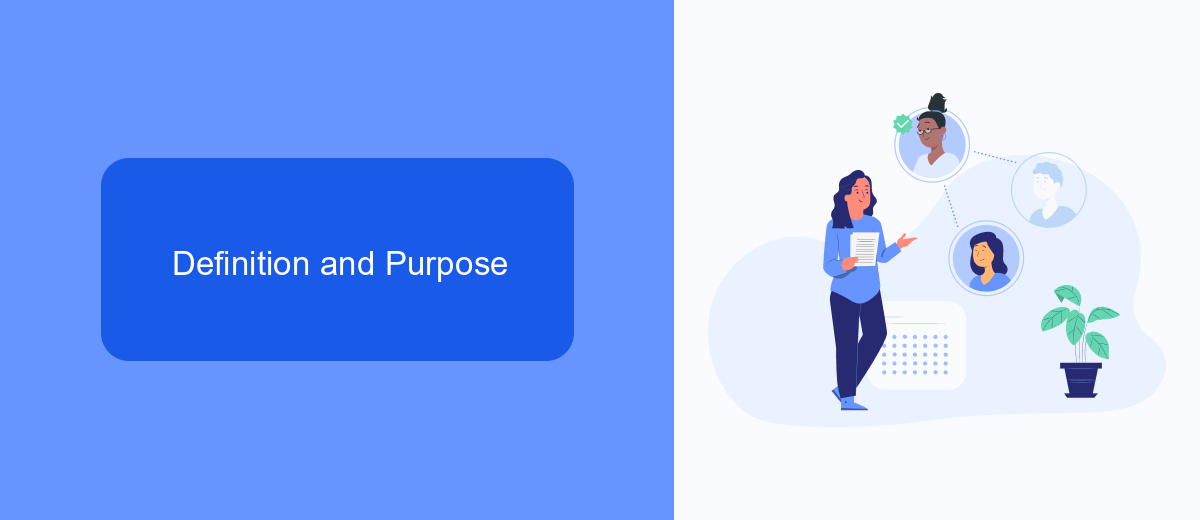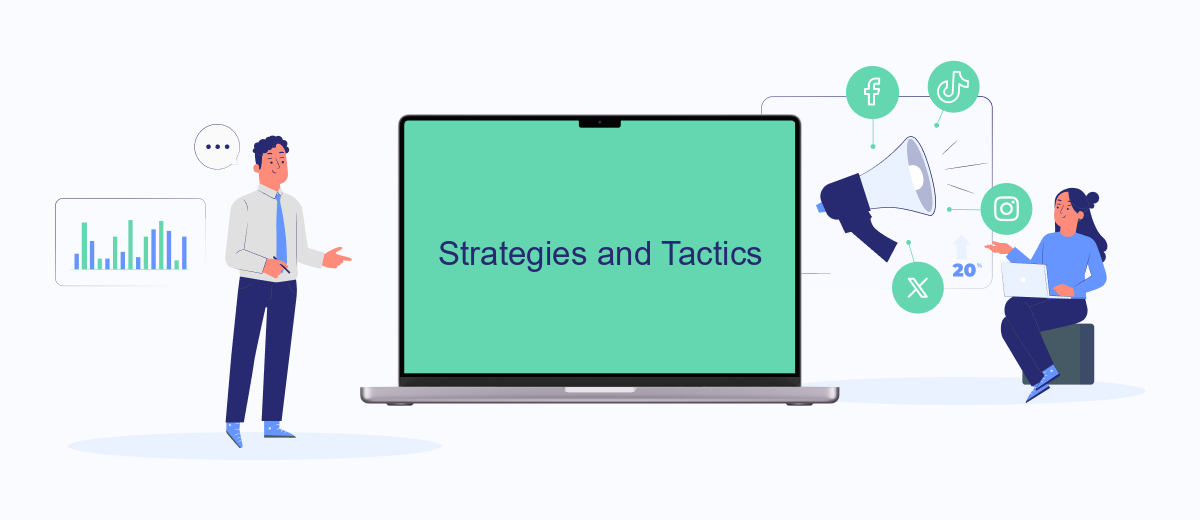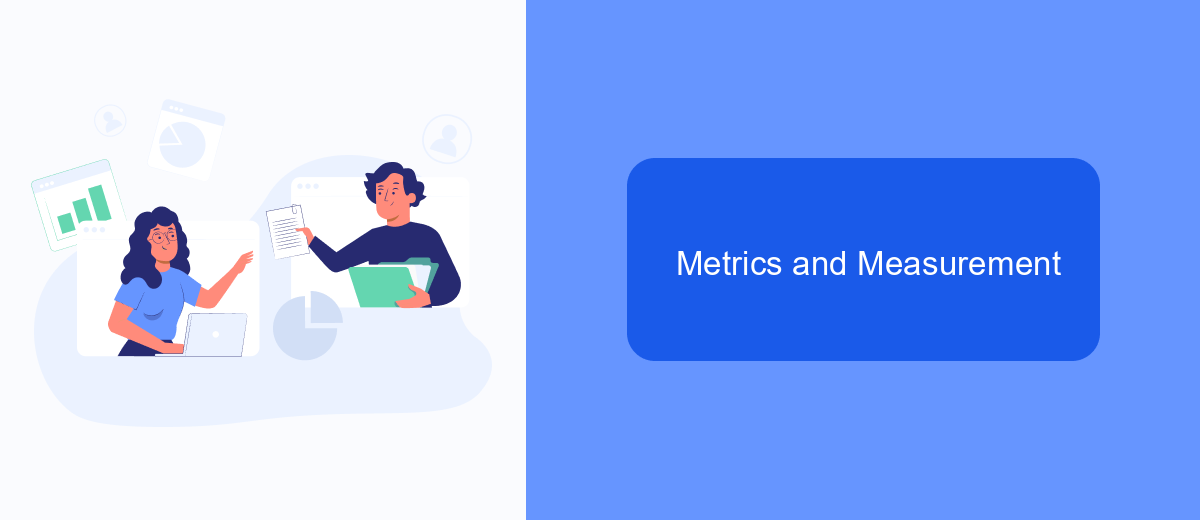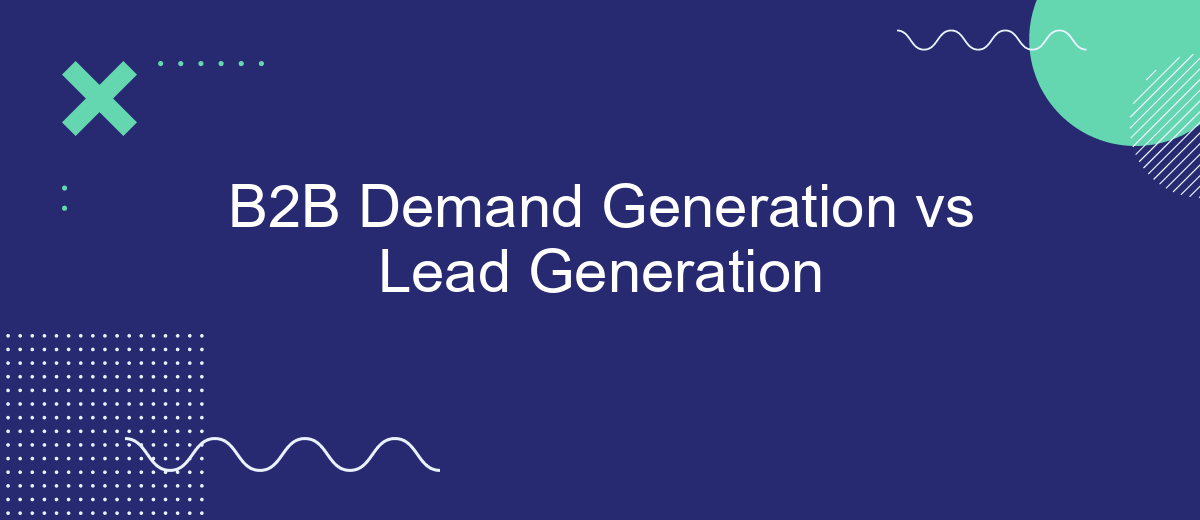In the competitive landscape of B2B marketing, understanding the nuances between demand generation and lead generation is crucial for crafting effective strategies. While both aim to drive business growth, they serve distinct purposes and require different approaches. This article delves into the key differences, helping businesses optimize their efforts and achieve better results in their marketing campaigns.
Demand Generation vs Lead Generation
Demand Generation and Lead Generation are two fundamental strategies in B2B marketing, each serving distinct purposes. Demand Generation focuses on creating awareness and interest in your product or service, aiming to build a broad audience. On the other hand, Lead Generation is more targeted, concentrating on capturing specific information from potential customers to convert them into leads.
- Demand Generation: Aims to build brand awareness, create interest, and nurture potential customers.
- Lead Generation: Focuses on capturing contact information through forms, landing pages, and gated content.
While both strategies are essential, integrating them can optimize your marketing efforts. For instance, using tools like SaveMyLeads can streamline the process by automating lead capture and integration with your CRM. This ensures that your demand generation efforts translate efficiently into actionable leads, enhancing your overall marketing strategy.
Definition and Purpose

In the realm of B2B marketing, Demand Generation and Lead Generation are two critical strategies that serve distinct purposes. Demand Generation focuses on creating awareness and interest in a company's products or services. It aims to build a comprehensive brand presence, educate potential customers, and nurture relationships over time. This long-term approach ensures that when prospects are ready to make a purchase, they already have a positive perception of the brand.
On the other hand, Lead Generation is more targeted and immediate, concentrating on capturing specific information from potential customers, such as their contact details. This information is then used to convert these prospects into sales leads. Effective Lead Generation often involves leveraging various tools and services to streamline the process. For instance, SaveMyLeads can automate the integration of lead data across different platforms, ensuring that sales teams have up-to-date information to act upon. This helps in reducing manual efforts and accelerating the lead conversion process.
Strategies and Tactics

When it comes to B2B demand generation and lead generation, employing effective strategies and tactics is crucial for success. Both approaches require a tailored plan to attract, engage, and convert potential customers. Here are some essential strategies and tactics to consider:
- Content Marketing: Develop high-quality, informative content such as blog posts, whitepapers, and webinars to educate and engage your target audience.
- Social Media Engagement: Use platforms like LinkedIn and Twitter to connect with industry professionals and share valuable content that drives interest.
- Email Campaigns: Create personalized email campaigns to nurture leads and keep your brand top-of-mind.
- SEO and SEM: Optimize your website for search engines and invest in paid search advertising to increase visibility and attract qualified leads.
- Integration Tools: Utilize tools like SaveMyLeads to streamline your lead generation process by automating data transfer between various platforms and CRM systems.
Implementing these strategies and tactics will enhance your B2B demand generation and lead generation efforts, ensuring a steady flow of qualified leads and ultimately driving business growth. Regularly evaluate and adjust your approach based on performance metrics to stay ahead of the competition.
Metrics and Measurement

In the realm of B2B demand generation and lead generation, metrics and measurement play a crucial role in determining the effectiveness of your strategies. Both approaches require different sets of metrics to gauge success accurately.
For demand generation, the focus is on creating awareness and interest in your brand or product. Key metrics include website traffic, social media engagement, and content downloads. These indicators help you understand how well your campaigns are resonating with your target audience.
- Website Traffic
- Social Media Engagement
- Content Downloads
- Lead Quality
- Conversion Rates
Lead generation, on the other hand, emphasizes capturing and nurturing potential customers. Metrics such as lead quality, conversion rates, and cost per lead are essential. Tools like SaveMyLeads can automate the integration of various data sources, making it easier to track and analyze these metrics. This ensures a streamlined process for measuring the effectiveness of your lead generation efforts.
Tools and Technologies
In the realm of B2B demand generation and lead generation, a variety of tools and technologies are utilized to streamline and optimize the process. Marketing automation platforms like HubSpot and Marketo are essential for managing campaigns, nurturing leads, and tracking engagement. Customer Relationship Management (CRM) systems such as Salesforce and Zoho CRM help in maintaining detailed records of interactions and ensuring that all leads are followed up promptly. Additionally, analytics tools like Google Analytics and SEMrush provide valuable insights into the performance of marketing efforts, allowing for data-driven decision-making.
Integration services play a crucial role in ensuring that these tools work seamlessly together. SaveMyLeads, for instance, offers a robust solution for automating the transfer of leads between various platforms, reducing manual work and minimizing the risk of data loss. By connecting different marketing and sales tools, SaveMyLeads helps businesses maintain a cohesive workflow and ensures that valuable lead information is consistently up-to-date across all systems. This integration capability is essential for maximizing the efficiency and effectiveness of both demand generation and lead generation strategies.
FAQ
What is the difference between B2B Demand Generation and Lead Generation?
Why is Demand Generation important for B2B businesses?
How can automation tools help in B2B Demand Generation?
What are some effective strategies for B2B Lead Generation?
Can SaveMyLeads help in integrating different platforms for better Demand and Lead Generation?
You probably know that the speed of leads processing directly affects the conversion and customer loyalty. Do you want to receive real-time information about new orders from Facebook and Instagram in order to respond to them as quickly as possible? Use the SaveMyLeads online connector. Link your Facebook advertising account to the messenger so that employees receive notifications about new leads. Create an integration with the SMS service so that a welcome message is sent to each new customer. Adding leads to a CRM system, contacts to mailing lists, tasks to project management programs – all this and much more can be automated using SaveMyLeads. Set up integrations, get rid of routine operations and focus on the really important tasks.
